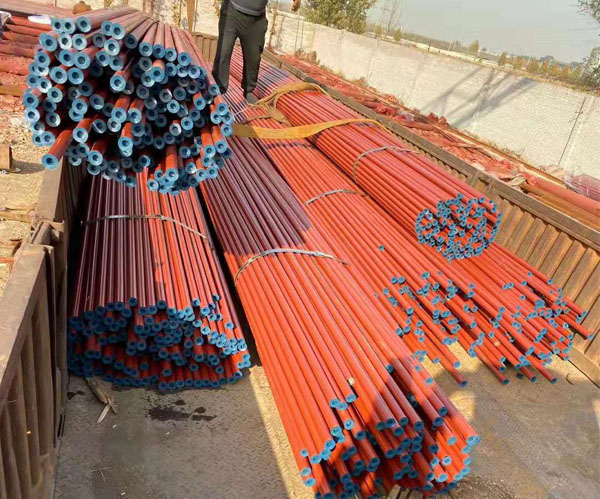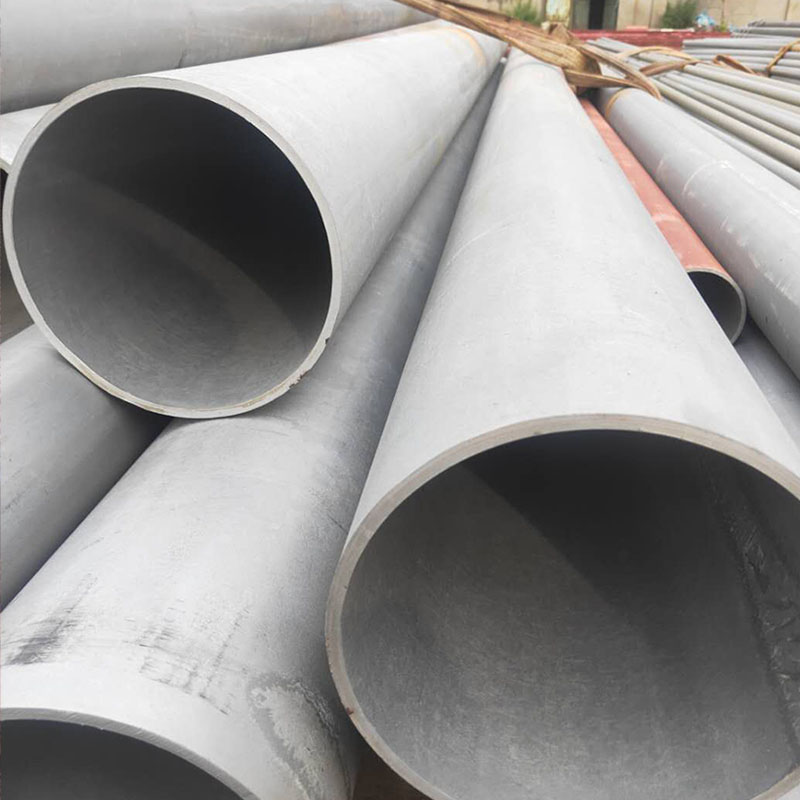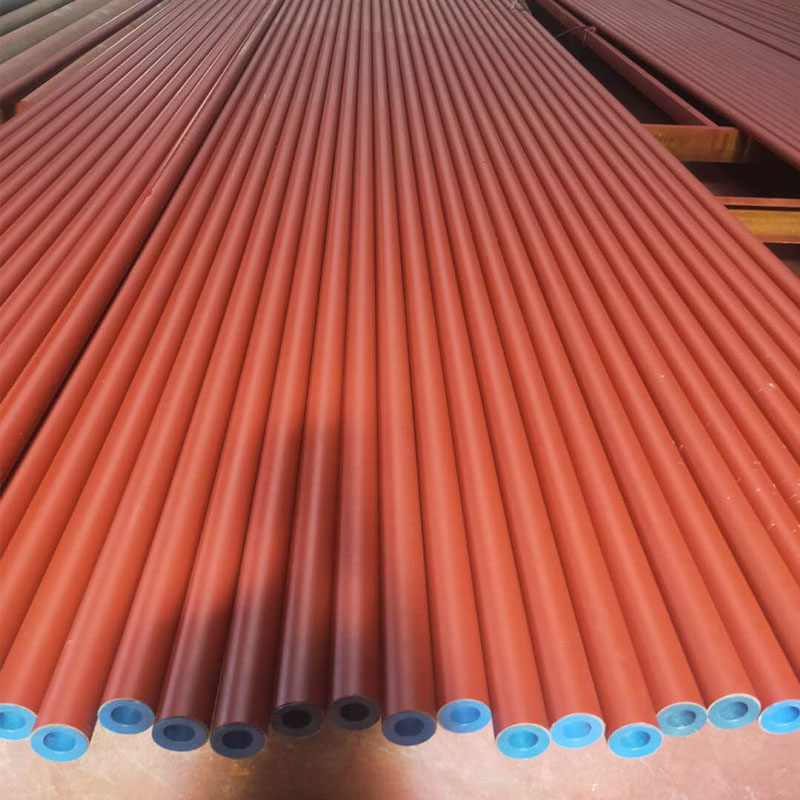
Introduction of pickling passivation seamless steel pipe:
The company undertakes external pickling seamless steel pipes, pickling passivation seamless steel pipes, pickling phosphating seamless steel pipes, pickling saponification seamless steel pipes, pickling phosphating passivation processing, degreasing, rust removal, phosphating, passivation Chromium, oxidation, chromium-free passivation, zinc-plated chromium-free passivation, continuous hot-dip galvanizing chromium-free passivation, steel chromium-free passivation, magnesium alloy chromium-free passivation, chemical cleaning, degreasing and degreasing, pickling polishing, passivation Chemical sealing, paint spraying, oxidation blackening, anodic oxidation and other metal surface treatment materials business.
Pickling and passivation seamless pipe for cold storage
The processing of pickling and passivation seamless steel pipes: the cleaning operations of pickling and passivation (phosphatization and saponification) are different due to the differences in the nature and use requirements of the equipment to be cleaned, the material of the pipeline, the rust and other attachments Different cleaning recipes and process conditions. However, the process and cleaning principles are generally the same, that is, washing with water to remove mud, sand and dust; alkaline washing to remove grease and alkali-soluble substances; water washing replacement; acid washing to remove oxide scale and rust; water washing replacement and rinsing; Passivation protection; process residual liquid treatment and other 7 parts. In the above procedure, alkaline washing, pickling and passivation are the three main links, and pickling is the core of the entire cleaning operation. Water flushing and other transitional measures as the main link and residual liquid treatment are also very important and indispensable. Among them, the three main links of alkali washing, pickling and passivation are the key.
If the pipeline is cleaned and does not enter the commissioning stage soon, oil must be spread in the pipeline in time, and an oil film must be formed on the entire inner wall to avoid secondary rust. After the oil wash, the pipeline must be inspected again before commissioning, especially at the bends of the pipeline and the large collecting chamber where oil is easy to accumulate. The pipeline should be opened for inspection, and the remaining oil should be discharged and used. Rinse with clean oil until no impurities are visible.
Precautions for pickling passivation:
a. Pickling and passivation process, degreasing, cleaning dirt, pickling, passivation, flushing, inspection, and drying
b. After the stainless steel container or parts are completed, according to the requirements of the drawings and process documents, after the specified items are checked, the weld and the welding slag and spatter on both sides should be cleaned up, and the surface of the machined parts of the container should be gasoline or cleaning agent To remove oil stains and other dirt, only containers or parts that have been pre-treated can be pickled and passivated.
c. The pickling passivation container or parts must be rinsed with clean water on the surface, and then use phenolphthalein test paper to test any part of the rinsed surface, so that the pH value is between 6.5-7.5, or use filter paper to check the degree of cleaning, no blue Color is qualified. Then wipe dry or blow dry with compressed air.
D. After the containers and parts are pickled and passivated, it is prohibited to bump and scratch the passivation film during handling and storage.
Picture display of pickling passivation seamless pipe

Pickling passivation seamless steel pipe

Pickling passivation seamless steel pipe

Pickling passivation seamless steel pipe

Pickling passivation seamless steel pipe

Pickling passivation seamless steel pipe